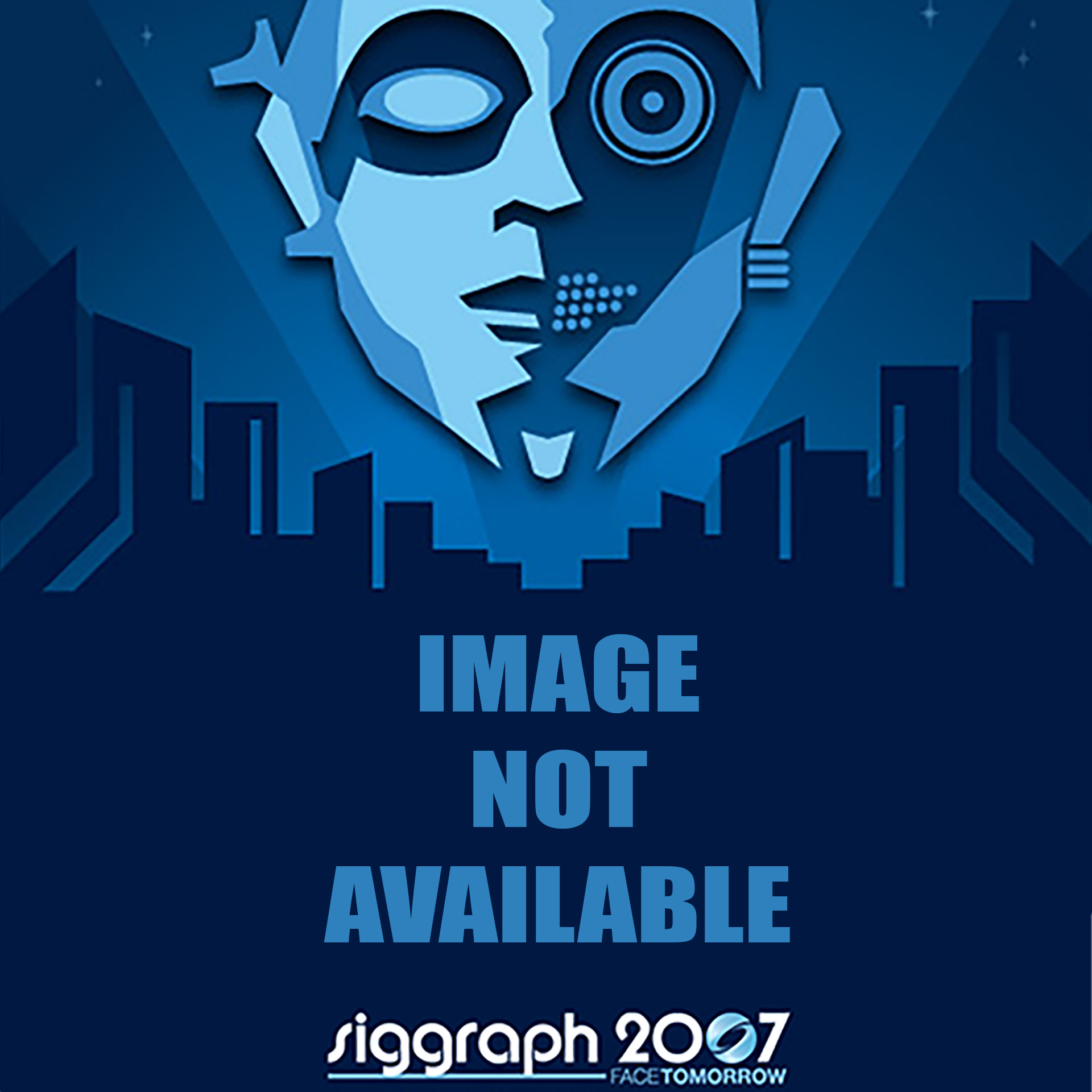“What is ?Computer Animation?? ?Examining Technological Advancements and Cultural Aesthetics of Japanese Animation” by Shen
Conference:
Type(s):
Title:
- What is ?Computer Animation?? ?Examining Technological Advancements and Cultural Aesthetics of Japanese Animation
Presenter(s)/Author(s):
Abstract:
This paper begins with the argument that technology is not simply a tool or means employed to deliver contents or ideas; rather, technologies are themselves constructed, and further acquire cultural meaning through divergent understanding of the visual (Eisenhauer, 2006). By investigating current narratives in the United States and Japan’s deployment of computer animation, this paper argues that at different socio-cultural contexts “computer animation” acquires its cultural meaning and styles, and re-constitutes a specific cultural aesthetic for the society it resides. I first examine three current narratives of computer animation in the United States: (1) the ideological driven by the search of perfect representation of reality, (2) the mythological based on a modernist paradigm of progression, and (3) the hegemonic leading a habitual mode of production. It is suggested that computer animation were developed to approach virtually indistinguishable images from live action recording, to process a phenomenological illusion of reality, and to sustain the long ideological tradition in the West—cinema as a total representation of the real (Lamarre, 2006; Manovich, 2000, 2001). Research of computer animation tends to center on what technologies can do, and production is driven by a hegemonic mode that deploys computer animation as a genre of hyperrealism. Hence, discourses on computer animation risk falling into a constant search for “progression” through technological advancements and innovations whereas this search may merely resemble a modernist paradigm and functions as repetitions of Western cinema traditions.
By examining Japanese animation Final Fantasy VII: Advent Children (2005), I identify a divergent perception through which computer animation acquires its cultural meaning and aesthetics: the hyper-spectacle embedded in a superflat culture and the tradition of contingency. This animation discussed reveals more about cultural understanding of the visual than it does about the effectiveness of using particular technologies. Finally, this paper suggests studies not locating “computer animation” in machines or tools as a neutral object, rather, to explore that “computer animation” is discursively constituted by and through culture, and how it constantly acquires its aesthetic and meaning in society.





